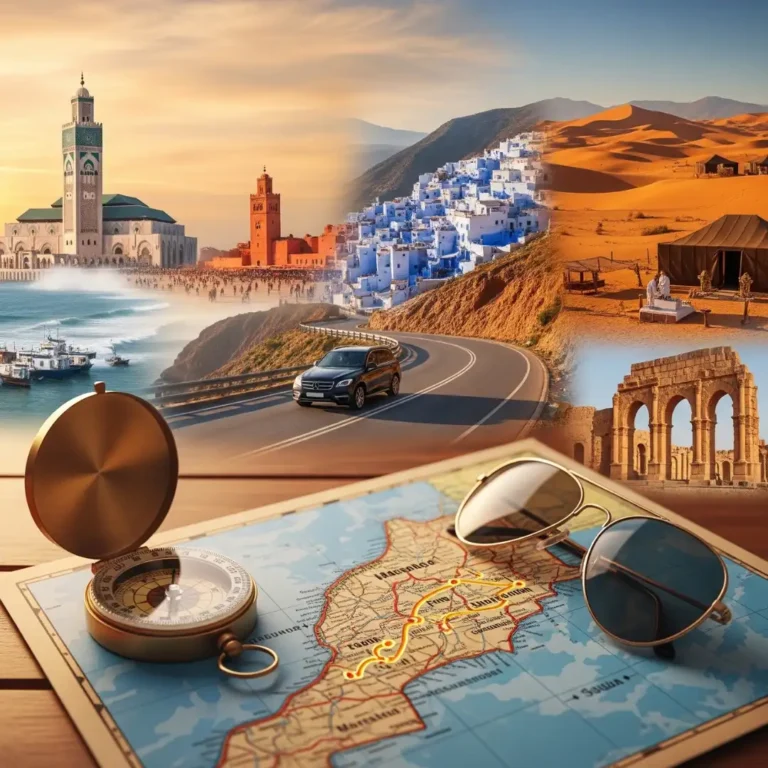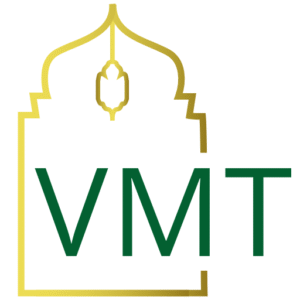Curious? Ask...
Inspire Me...
See Our World
We serve mint tea and hot updates. Subscribe and sip both!
We serve mint tea and hot updates. Subscribe and sip both!
Visit El Badi Palace, the breathtaking ruins of a once-grand 16th-century Moroccan palace in Marrakech. Explore vast courtyards, sunken gardens, and ancient walls that whisper stories of opulence and history. Perfect for history lovers and photographers seeking dramatic scenery, the palace offers stunning sunset views and peaceful wanderings. Booking a guided tour unlocks rich tales of its past glory and architectural marvels. Dive deep into Marrakech?s royal history with a visit to El Badi Palace.
Visit El Badi Palace, a monumental reminder of Marrakech’s golden age, where the grandeur of Saadian architecture meets the haunting beauty of open-air ruins. Built in the late 16th century by Sultan Ahmad al-Mansur to celebrate Morocco’s victory at the Battle of the Three Kings, this once-lavish palace was adorned with Italian marble, gold leaf, and rare onyx. Today, its vast courtyards, sun-baked walls, and reflecting pools still whisper stories of power, diplomacy, and artistic mastery.
According to Archnet, El Badi Palace was inspired by the Alhambra in Granada, combining Moroccan craftsmanship with Andalusian elegance. Though stripped of its treasures in the 17th century, the site remains a masterpiece of proportion and design, offering panoramic views from its ramparts over the medina and the Atlas Mountains. The vast audience hall, prison cells, and remnants of the Saadian throne room give visitors a vivid glimpse into the empire’s grandeur and eventual decline.
Visit El Badi Palace because it represents one of Morocco’s most important historical legacies, a testament to the Saadian dynasty’s wealth, power, and artistic vision. Commissioned after the victory over the Portuguese in 1578, the palace was designed to awe visitors with its grand scale and opulence. Though much of its original decoration was looted in the 17th century, the remaining ruins preserve essential architectural elements such as vast courtyards, monumental walls, and underground chambers. The palace is a crucial link to understanding Morocco’s rich history and the evolution of Islamic architecture.
When you visit El Badi Palace, the first thing to notice is the sheer scale of the complex. The enormous empty courtyard, once filled with pools and pavilions, impresses with its vast openness and the dramatic shadows cast by the crumbling walls. Look closely at the remnants of the intricate tile work, carved stucco, and decorative plaster that hint at the palace’s former glory. Descend into the subterranean tunnels and chambers that served various purposes, including storage and secret passageways. The views from the terrace offer sweeping panoramas of Marrakech’s medina and the Atlas Mountains beyond.
Visit El Badi Palace and let its sunlit courtyards and weathered walls whisper stories of royal grandeur. Then, step into the nearby Saadian Tombs, where intricate carvings and zellij tilework guard centuries of history. Stroll a little further to the Bahia Palace, a masterpiece of Moroccan architecture with serene courtyards and mosaic-filled chambers. For an artistic interlude, explore the Marrakech Museum, set in a stunning 19th-century palace, or wander through Le Jardin Secret, a lush oasis hidden behind ancient walls. Each stop offers a different facet of Marrakech’s soul, turning your day into a tapestry of history, art, and beauty.
Locals regard El Badi Palace as a proud emblem of Marrakech’s illustrious history and a place where the city’s royal ambitions are etched in stone. They know the palace’s story of rise and fall, how it was once the most magnificent structure in the Maghreb and then stripped bare by subsequent rulers. Visitors learn through guided tours about the political intrigue, craftsmanship, and symbolism embedded in the palace’s design. They also discover how El Badi Palace influenced later Moroccan architecture and remains a cultural touchstone for the city.
Purchase tickets in advance in advance to avoid long queues during peak seasons.
Wear comfortable shoes as the site is expansive with uneven surfaces.
Book a knowledgeable guide through Visit Morocco Tours to gain deeper insights into the palace’s history and architecture.
Don’t miss the chance to explore the underground chambers and climb to the terrace for panoramic views.

The real magic happens beyond the photo op. Let our guides lead you through living history, vibrant culture, and authentic encounters for an unforgettable journey.

Visit Morocco Tours
Escape Alchemist
VMT
Tell us your travel drama, we’ve got solutions!